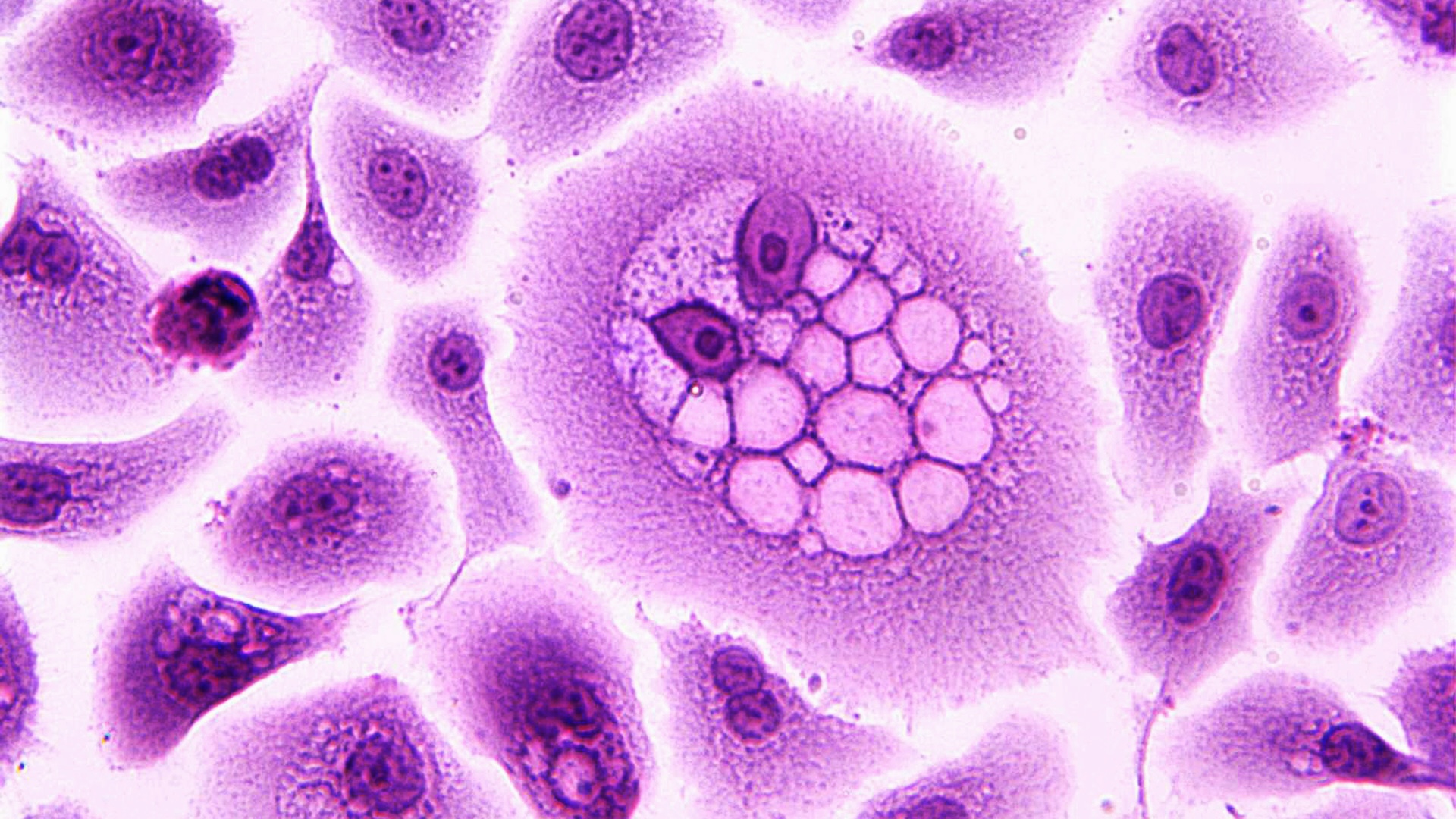Nanomaterials, Vol. 13, Pages 1788: CoNi Alloys Encapsulated in N-Doped Carbon Nanotubes for Stabilizing Oxygen Electrocatalysis in Zinc–Air Battery
Nanomaterials doi: 10.3390/nano13111788
Authors: Yao Nie Xiaoqin Xu Xinyu Wang Mingyang Liu Ting Gao Bin Liu Lixin Li Xin Meng Peng Gu Jinlong Zou
Alloy-based catalysts with high corrosion resistance and less self-aggregation are essential for oxygen reduction/evolution reactions (ORR/OER). Here, via an in situ growth strategy, NiCo alloy-inserted nitrogen-doped carbon nanotubes were assembled on a three-dimensional hollow nanosphere (NiCo@NCNTs/HN) using dicyandiamide. NiCo@NCNTs/HN exhibited better ORR activity (half-wave potential (E1/2) of 0.87 V) and stability (E1/2 shift of only −13 mV after 5000 cycles) than commercial Pt/C. NiCo@NCNTs/HN displayed a lower OER overpotential (330 mV) than RuO2 (390 mV). The NiCo@NCNTs/HN-assembled zinc–air battery exhibited high specific-capacity (847.01 mA h g−1) and cycling-stability (291 h). Synergies between NiCo alloys and NCNTs facilitated the charge transfer to promote 4e− ORR/OER kinetics. The carbon skeleton inhibited the corrosion of NiCo alloys from surface to subsurface, while inner cavities of CNTs confined particle growth and the aggregation of NiCo alloys to stabilize bifunctional activity. This provides a viable strategy for the design of alloy-based catalysts with confined grain-size and good structural/catalytic stabilities in oxygen electrocatalysis.

 1 year ago
33
1 year ago
33


